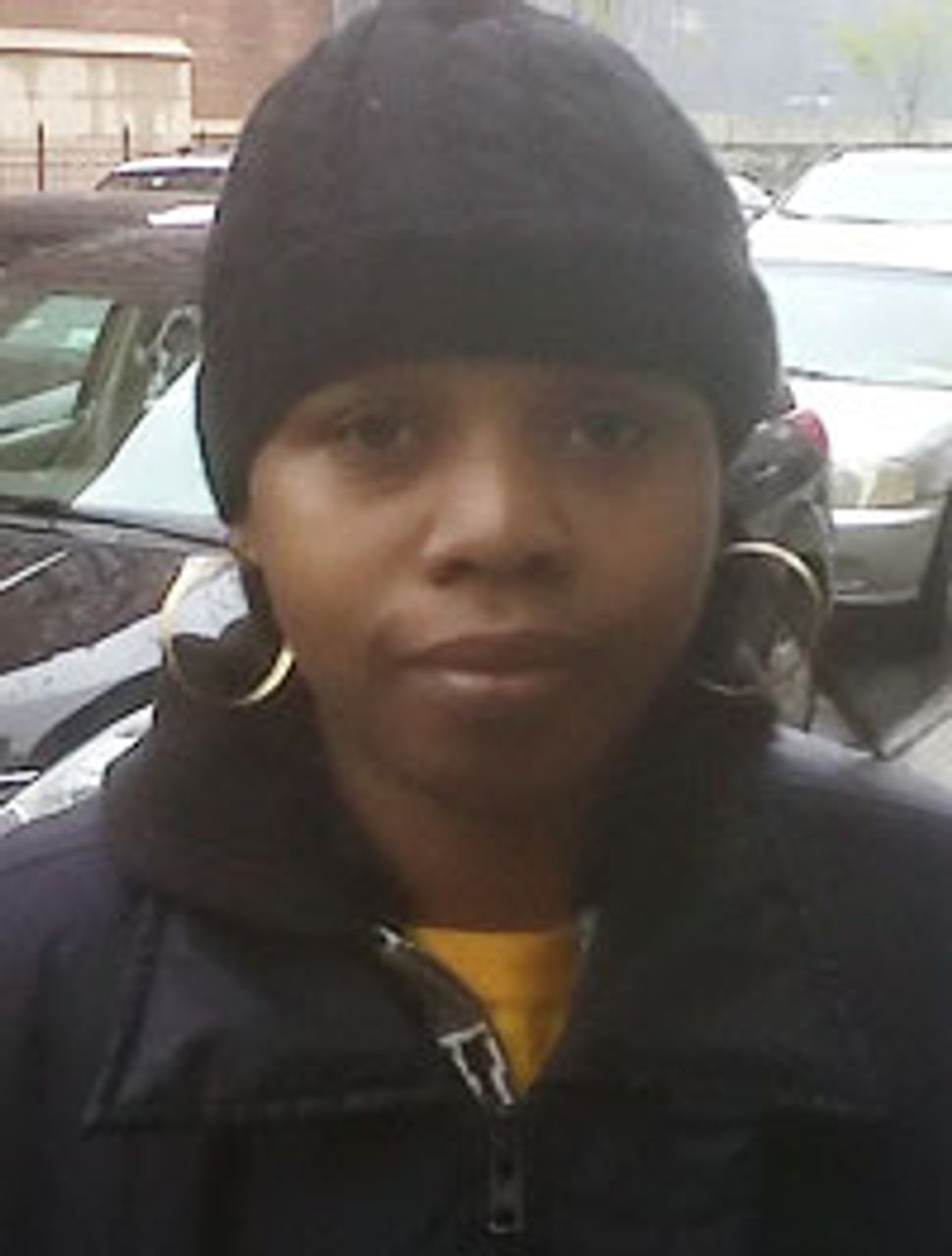Already at record levels, New York City’s homeless population is poised to skyrocket further as fifteen thousand families face elimination of rent subsidies. Mayor Michael Bloomberg announced the elimination of the program, known as Advantage, earlier this year, cutting off the availability to new participants in March. Those already enrolled in the program were also threatened with immediate invalidation of their promised aid, but a court temporarily ordered the City to continue payments at least through July while court proceedings continue.
A combination of budget cuts at the city, state and federal level resulted in the elimination of the $140 million-a-year program, which partially subsidizes rent for working New Yorkers in the shelter system. As a result, the city’s Department of Homeless Services predicts a huge spike in the number of homeless. The agency admits: “The family census [for homeless shelters] will increase by a startling 50 percent by June 2012. The cut would also be catastrophic to formerly homeless clients in the community—tenants who have obtained leases through the program and have only just begun to stabilize in their apartments. No longer receiving the subsidy, these households would soon be at-risk of eviction and shelter re-entry—sending them in a downward spiral of confusion and upheaval.”
 Nieasha Jones
Nieasha JonesNieasha Jones, a 22 year old from Jamaica, Queens, is one of the New Yorkers caught in this downward spiral. “Right now,” She explained, “I don’t know what’s in my future. For now every bit of income I get I save.” To make matters worse, since entering the Advantage program, Nieasha has been laid off from her job. With only her unemployment check and her spouse’s income from a low wage job at a coop building, prospects are troubling. “We talked about what we would do without the subsidy. The most we can get in assistance is $286, But what about the rest? It’s not even close to the $1000 rent. I can’t go back to the shelter, I can’t do it. They house you with all types of different people, the sanitary conditions are not up to par, it’s a nightmare. You’re treated like an animal. I won’t go back. I’ll do anything.”
 Hermina Francis
Hermina FrancisBrooklynite Hermina Francis is in a similar situation. “I’m stuck,” she told the WSWS. “I had the program, but once [Bloomberg] cut it off, it’s like: what do I do now? I have no idea what’s going to happen. I work hard, but with me and my son—he’s a special needs child, so I can’t work full time—all my time is basically for him. Any money that I do make, if it goes to rent, then I have to worry about no food, and still I have to worry about paying my bills.”
The Advantage program, a hallmark initiative of the Bloomberg Administration, was designed to promote “work and self-sufficiency,” pushing the myth that the homeless problem could be attributed to laziness or irresponsibility on the part of homeless families. To qualify for the program homeless shelter residents must hold a job or fall into a limited number of “special circumstances” (e.g., disabled and unable to work). The resident would be placed in a market-rate apartment, where the rent would be subsidized for one year, with the possible extension of another year. Initially the subsidy covered nearly all of the rent, but in the latest iteration of Advantage, the city required a rent contribution of 30 percent of the family’s income. In year two, which was available only to those working 35 hours a week or more, rent contributions jumped to 40 percent of income. After two years, all assistance is terminated.
“I’ve been fortunate enough to receive it for two years, and just now the program has run out,” Nija Myrick, who is in her last month of the Advantage program, told the WSWS. “With my lease up at the end of this month, I have no answers. I can’t extend it.” She explained that with her near minimum wage job, paying market rate rent—just over $1000 a month for her current apartment in the Bronx—is impossible. “Even if I could use all my savings, it’s maybe one or two months at most, but then I’m out anyway and without any money.
 Nija Myrick
Nija Myrick“The irony is that every day in the Bronx I see people who may not have a job or any money at all, but I actually envy them because at least they have a place to live. They can talk about their past and make plans for next year. We don’t even have that. I just want a neighborhood for my son to grow up in. There are no programs, no subsidies, nothing for people who need it,” Nija said, adding that most likely she will be forced to return to the shelter.
Statistics analyzed by advocacy group Coalition for the Homeless reveal how widespread this experience is. Three years after the program began, one quarter of former Advantage families no longer receiving subsidies returned to the shelter system. Even more—one in three—had applied for emergency shelter.
Together with its forerunner, the Housing Stability Plus program of 2005-2007, the Advantage program marked a significant shift away from a policy, though severely restricted, that sought to ease social tensions by providing the worst-off with longer term public assistance via housing vouchers or access to public housing. The current policy no longer permits more than a tiny fraction of homeless families access to these programs.
However, neither are these programs widely on offer to other sections of the population. While the city admits demand has reached an all time high, since 2009 it no longer accepts any new applications for Section 8 housing vouchers. The current wait list for conventional public housing stands at over 140,000 and nearly 125,000 are wait listed for vouchers. Many thousands more are in desperate need but do not meet the qualifications to apply.
The intentions of the ruling elite to eliminate the most basic of housing safety nets was foreshadowed in 2009, as Bloomberg implemented a short-lived policy to impose rent on tenants in the emergency shelter system, demanding payments equal to 50 percent of their pre-tax income. The policy was withdrawn after public outcry, but the push for dismantling public assistance for housing is only intensifying. President Obama, in recent negotiations to raise the debt ceiling, bragged of his willingness to return discretionary government spending to levels not seen since the Eisenhower Administration—that is, before the Department of Housing and Urban Development and the affordable housing programs it administers even existed.
On the other hand, the objective need for affordable housing continues to rise. As an indication of the extent of the housing crisis in New York, in 2008 approximately 30 percent of renters city-wide were classified as “severely rent burdened,” meaning that over half of their income goes towards housing costs. This is an increase from under 24 percent in 2000. In impoverished sections of the city, this number of severely rent burdened often currently exceeds 40 percent. Another revealing set of statistics: the “fair market” rate for a two-bedroom apartment rental in New York City is over $1350 per month, whereas the average monthly income of families in the Advantage program is $1200. More than a million and a half residents live below the official poverty line, equivalent to $1544 per month for a family of three. Nearly the same number of city residents aren’t able to afford a steady supply of food throughout the year.
With the intensifying housing crisis and demand for emergency assistance, the city’s response includes erecting ever higher bureaucratic hurdles and other means to discourage homeless families from seeking shelter. Applicants must already pass through the entire eviction process, obtain referrals from a service provider and prove they have no ability to lodge with family members in order to be eligible. In addition, this year’s budget includes a number of cost saving “efficiencies” that serve to limit access by those in need. For example, the budget calls for redesigning how non-profit service providers are reimbursed, in order to incentivize them to push families out of the shelter system more quickly. The expected savings from this measure totals $3.5 million over two years. A slightly bigger ticket item—$4.5 million in savings this year and $9 million next year—would restrict placing homeless families in individual units, and instead cram them into shared apartments.
The NYC Department of Homeless Services offered Nija Myrick another revealing suggestion. “All they could advise, besides moving me and my son into a share, was to move to New Jersey, away from all my friends and family,” she said.
Another one of Mayor Bloomberg’s previous homelessness initiatives involved shipping residents out of the city to stay with relatives in other cities or countries, rather than deal with them in New York.
The complete inability of the political establishment to even maintain existing homeless programs, let alone enact serious measures to reduce homelessness in a city with the largest concentration of millionaires and billionaires on the planet, testifies to the depth of the crisis and the underlying explosive nature of social relations in New York.
